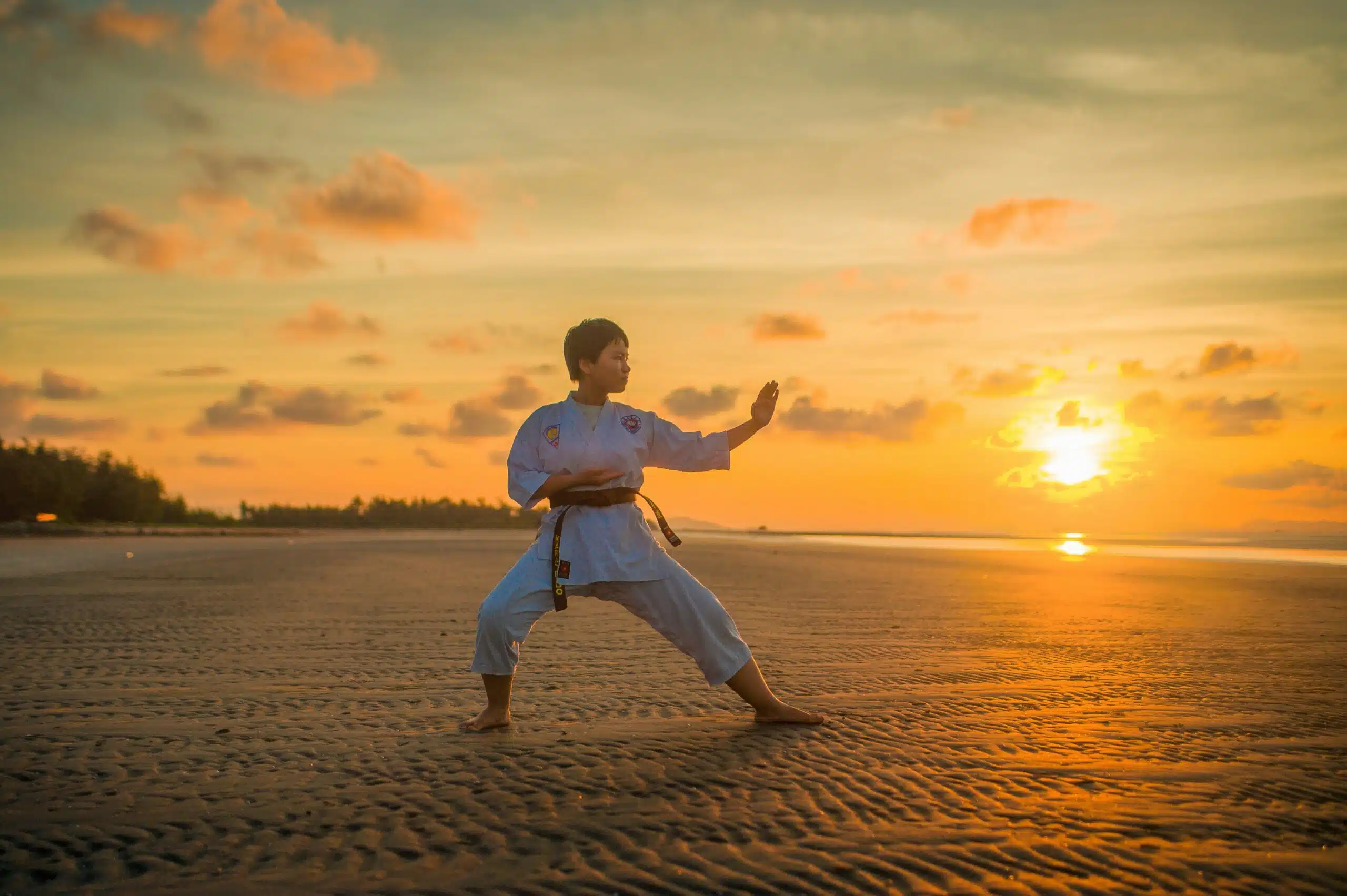Leadership is the driving force behind the success of any martial arts business. It shapes the culture, motivates teams, and ensures that the school is not only a place for learning martial arts but also a thriving business that fosters community and growth. Strong leadership is essential for martial arts school owners who want to inspire their teams and create an environment where students feel supported in their journey. This blog will explore the crucial role leadership plays in the success of a martial arts business, along with actionable strategies to elevate your school’s operations and student experience.
Key Takeaways
- Effective leadership fosters a positive school culture that supports growth and development.
- Clear communication and goal-setting are essential for team alignment and success.
- Empowering instructors through leadership training strengthens the school’s reputation.
- Leading by example inspires both staff and students, boosting overall engagement.
- Strong leadership strategies drive long-term business growth and community trust.
The Importance of Leadership in Building a Strong Team
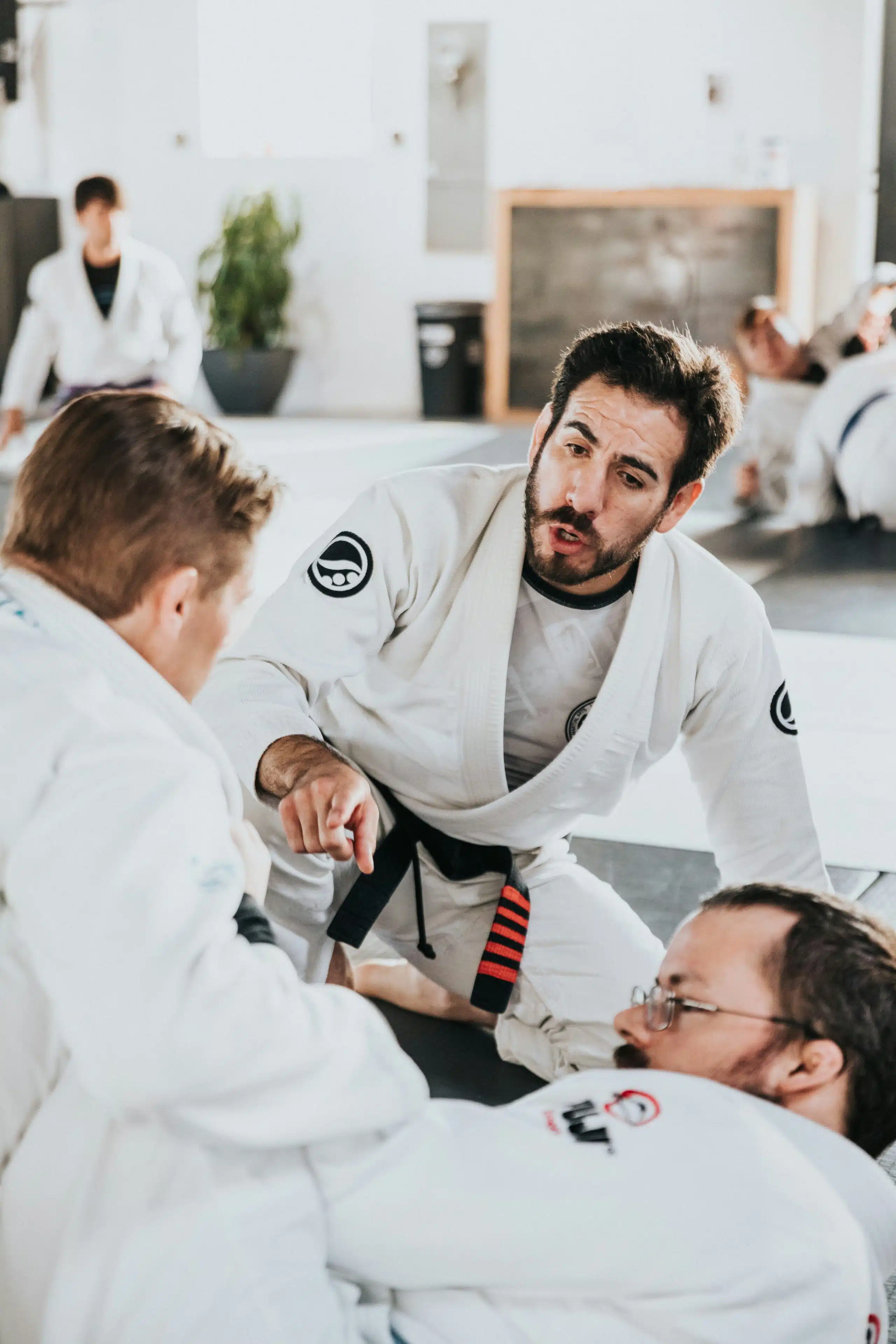
Leadership is the foundation for building a strong, motivated team in a martial arts business. When the leadership team demonstrates commitment to the school’s vision and values, it sets the tone for how instructors and staff operate.
Defining Leadership in a Martial Arts Business
Leadership in a martial arts business goes beyond running day-to-day operations; it’s about setting a vision and fostering a culture of excellence. Effective leaders establish a clear mission, communicate it to the team, and ensure everyone is aligned with the school’s long-term goals. Leaders are responsible for upholding the core values of martial arts—discipline, respect, and perseverance—while maintaining a focus on growth and improvement.
The Role of Communication in Leadership
Clear and effective communication is key to a successful martial arts business. Leaders must ensure that their team understands the expectations and goals for the school. Regular staff meetings, open communication channels, and feedback loops help create an environment where instructors feel informed and valued. This kind of leadership also helps resolve conflicts quickly, ensuring that the team works cohesively to deliver the best possible experience to students.
Empowering Instructors for Long-Term Success
Strong leaders recognize the importance of empowering instructors through training and development. Offering leadership training for instructors not only improves their ability to manage classes but also helps them grow as professionals. This investment in the team enhances the overall quality of instruction, boosts instructor satisfaction, and fosters a sense of loyalty to the school. Empowering your instructors is a key component of successful leadership in a martial arts business.
Leading by Example: Inspiring Both Instructors and Students
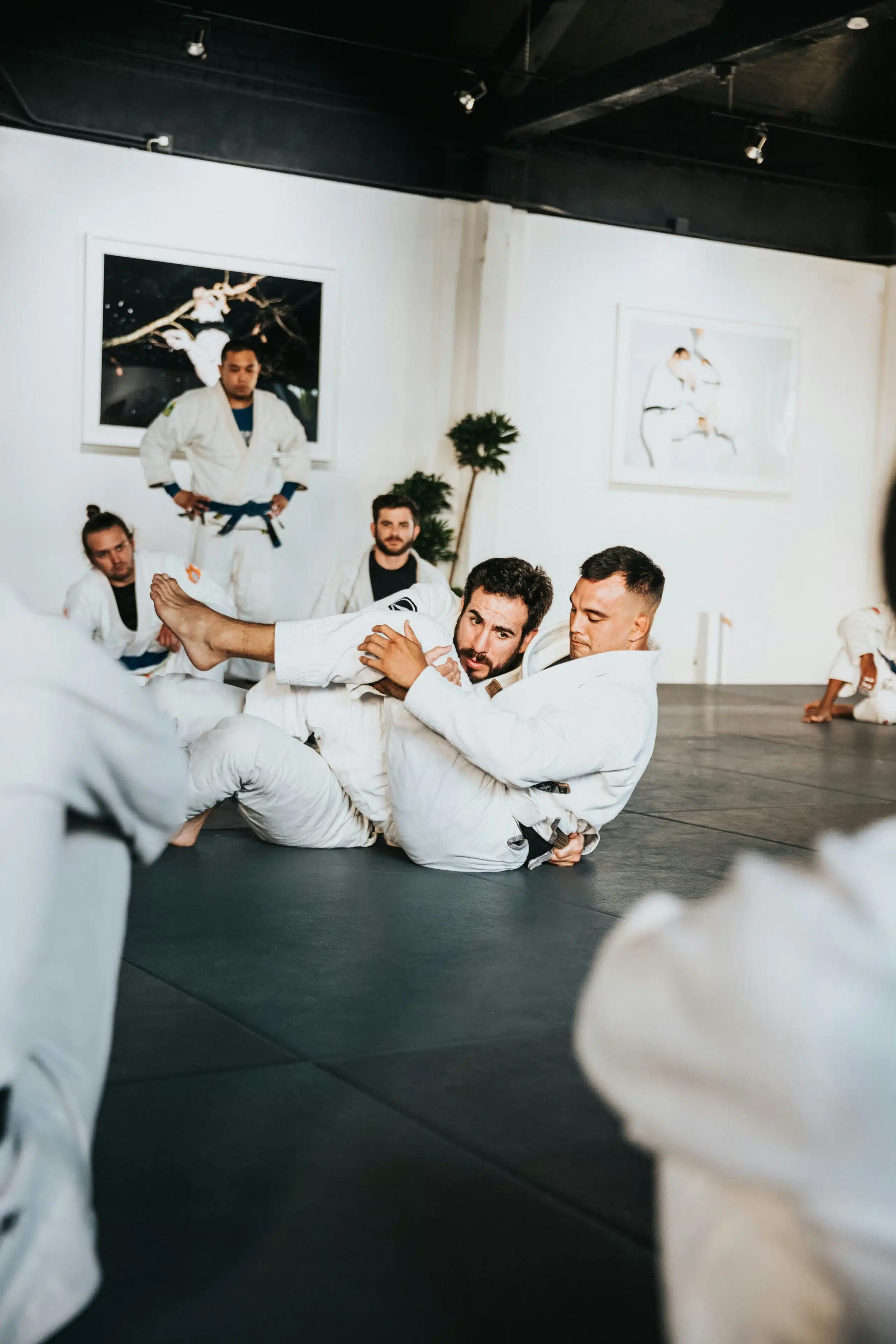
A leader’s actions speak louder than words. Leading by example is one of the most effective ways to inspire both instructors and students in a martial arts school.
Setting Standards for Instructors
As the head of a martial arts school, you set the standard for professionalism, work ethic, and dedication. By demonstrating these qualities yourself, you create a benchmark for your instructors to follow. Whether it’s arriving early, preparing for classes, or maintaining a positive attitude, leading by example ensures that your team reflects the same level of commitment in their teaching.
Engaging and Motivating Students Through Leadership
Students in a martial arts school look to their instructors and leaders as role models. Strong leadership fosters an environment of respect, discipline, and dedication, which inspires students to stay committed to their training. When students see their instructors practicing what they preach, they are more likely to embody the same values, improving retention rates and student satisfaction.
Building a Culture of Respect and Discipline
Leadership in martial arts extends to creating a culture where respect and discipline are at the forefront. This culture not only affects how students engage with their training but also how they interact with one another and their instructors. A strong leader fosters a positive environment where respect is mutual, and discipline is celebrated, reinforcing the values of martial arts both inside and outside the dojo.
The Impact of Leadership on Instructor Development
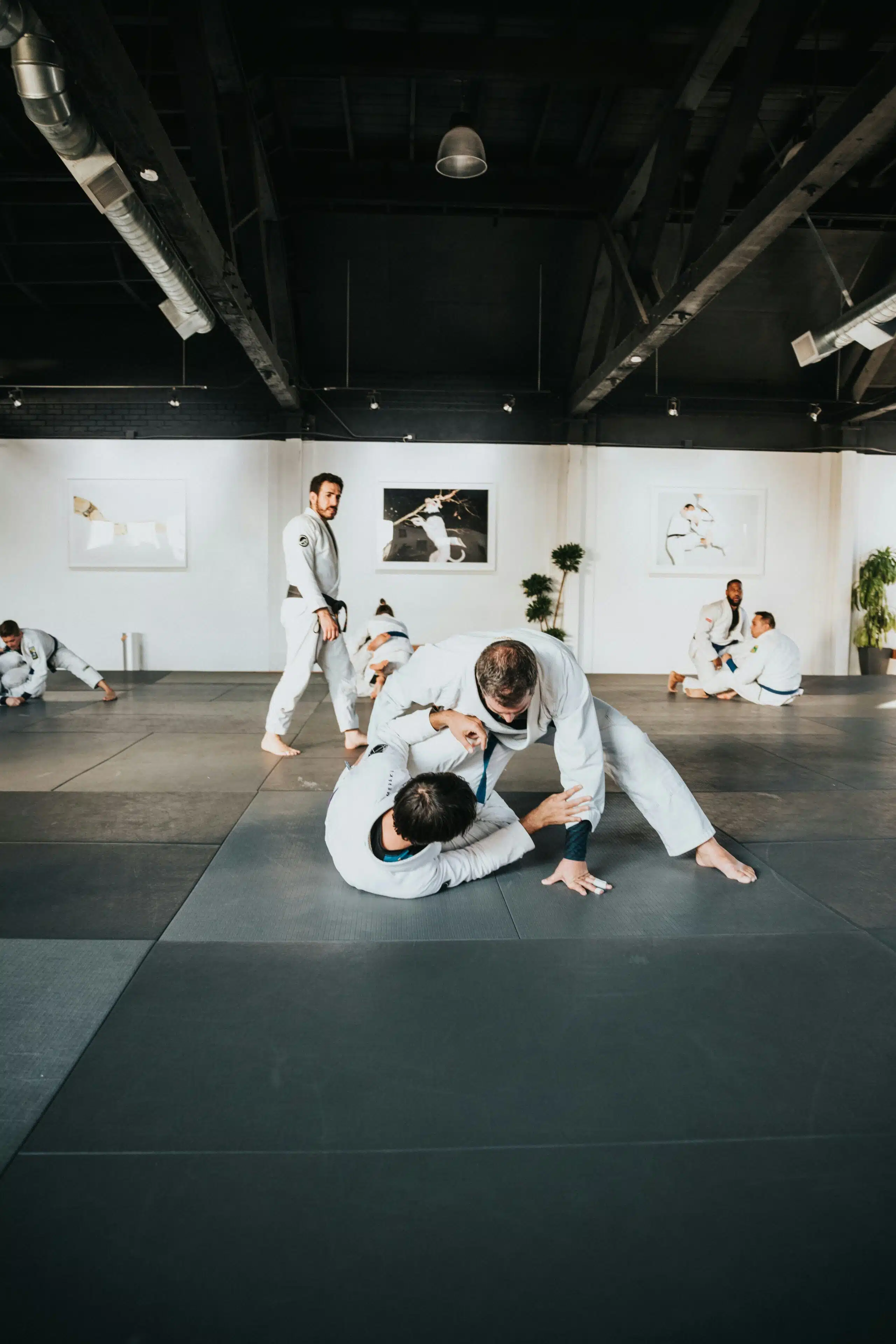
Investing in leadership training for instructors is essential for growing a successful martial arts school. Well-trained instructors who are confident in their leadership abilities contribute significantly to student retention and the overall reputation of the school.
Leadership Training Benefits for Instructors
Providing leadership training to instructors helps them develop skills that go beyond teaching techniques. These skills include conflict resolution, motivation, and class management. By equipping instructors with leadership tools, they become better equipped to handle diverse student needs, leading to a more dynamic and engaging learning environment.
Nurturing Future Leaders in Martial Arts
Leadership in a martial arts business isn’t just about the present—it’s also about cultivating future leaders. By offering ongoing leadership development, you prepare your instructors to take on more responsibilities within the school, ensuring the continuity of high-quality instruction and strong leadership for years to come.
Increasing Instructor Retention and Satisfaction
Empowering instructors through leadership training also boosts their job satisfaction. Instructors who feel valued and supported are more likely to remain with the school long-term. This reduces turnover, enhances the consistency of instruction, and strengthens the overall team dynamic.
Strategic Leadership for Business Growth
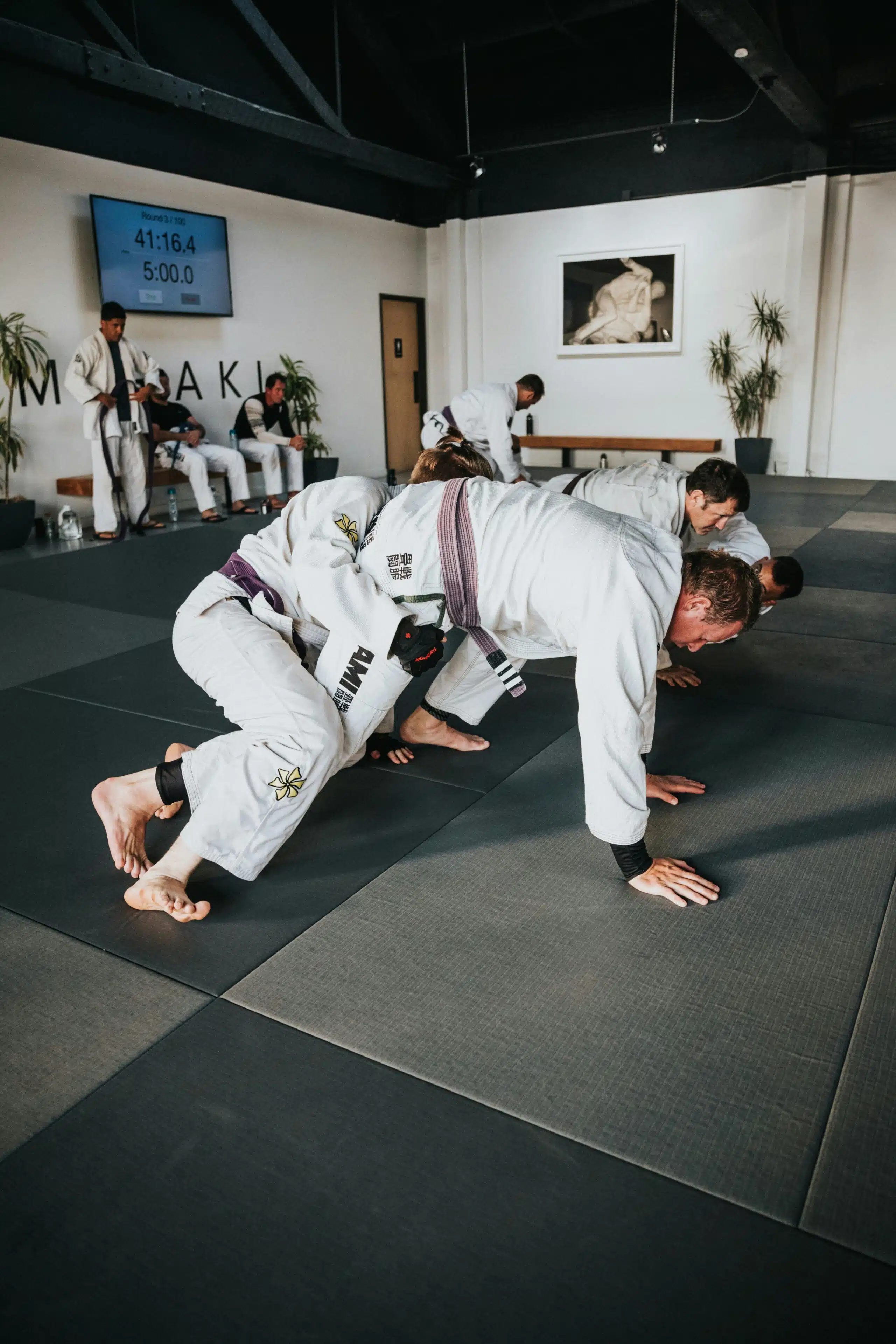
Leadership plays a critical role in the long-term growth and sustainability of a martial arts business. Strategic leadership involves planning for the future, adapting to market changes, and continually finding ways to improve the school’s operations.
Developing a Strategic Vision
Successful leaders are those who can look beyond the day-to-day operations and set long-term goals for their martial arts school. This involves understanding the market, identifying growth opportunities, and creating a clear vision for the future. A strong leader ensures that the team is aligned with this vision and works together to achieve business goals.
Adapting to Market Changes and Student Needs
Leadership requires adaptability. The martial arts industry is always evolving, with changing trends in fitness, technology, and student demographics. Leaders must stay informed about these trends and adjust their strategies accordingly. This might involve introducing new classes, offering digital training options, or updating marketing strategies to reach new audiences.
Fostering Community Engagement
One of the most effective ways to grow a martial arts business is by engaging with the community. Leaders who actively participate in local events, sponsor community initiatives or host open houses build strong relationships with the surrounding community. This not only enhances the school’s visibility but also builds trust, leading to increased enrollment and long-term success.
Measuring the Impact of Leadership on Business Success

Leadership directly affects the overall success of a martial arts business. Tracking specific performance metrics helps leaders understand how their leadership strategies are influencing the growth and sustainability of the school.
Tracking Student Retention and Satisfaction
Strong leadership is reflected in student retention rates. Students who feel supported, challenged, and motivated are more likely to continue their training. By regularly assessing student satisfaction through feedback and retention metrics, leaders can make informed decisions about how to improve their programs and offerings.
Monitoring Instructor Performance
Leaders must also track the performance of their instructors. Regular evaluations, feedback sessions, and performance reviews ensure that instructors are meeting the school’s expectations. Strong leadership ensures that instructors are continuously improving and providing a high standard of teaching.
Evaluating Business Growth Metrics
Business growth is a clear indicator of effective leadership. Metrics such as student enrollment, program expansion, and revenue growth provide insight into how well the school is performing. Leaders should regularly review these metrics to ensure that the business is on track to meet its long-term goals.
Leadership’s Role in Creating a Positive Student Experience

Leadership in a martial arts business doesn’t stop with managing staff and instructors. It plays a pivotal role in shaping the student experience, which is crucial for retention and growth. A positive student experience begins with strong leadership that prioritizes student satisfaction and personal development.
Encouraging Personal Growth in Students
Martial arts is not just about physical training; it’s about personal growth, discipline, and perseverance. Strong leaders create an environment where students feel supported in their journey, both inside and outside the dojo. By encouraging goal-setting and tracking progress, leaders inspire students to push themselves and develop both mentally and physically.
Building a Welcoming and Inclusive Atmosphere
A key part of leadership is fostering an inclusive and welcoming environment for students of all backgrounds and skill levels. Leaders who emphasize respect and camaraderie help create a positive atmosphere where students feel valued and comfortable. This sense of belonging is critical for maintaining high student retention and creating a vibrant school community.
Providing Clear Guidance and Feedback
Effective leaders provide students with clear guidance and constructive feedback, helping them improve their skills and stay motivated. Regular check-ins, goal assessments, and personalized feedback ensure that each student feels seen and supported. This leadership approach keeps students engaged and committed to their martial arts training.
Conclusion:
Leadership is at the heart of every successful martial arts business. By fostering a positive school culture, leading by example, and empowering instructors, martial arts school owners can inspire students, strengthen their community presence, and drive business growth. Strong leadership not only leads to a thriving business but also builds a loyal student base and a motivated team that embodies the values of martial arts. To ensure long-term success, martial arts leaders must continually adapt their strategies, nurture future leaders, and stay committed to providing an exceptional experience for both staff and students.

